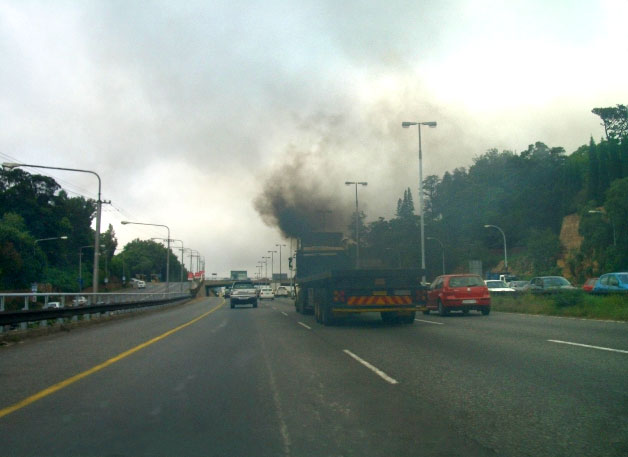
AIR POLLUTION 101
One in eight deaths, nearly twice what was previously estimated, stem from air pollution, according to the World Health Organization. It is now a top global health concern.
The World Health Organization denotes specific health issues that arise out of two types of air pollution: outdoor and indoor. Strokes account for 40 percent of indoor and outdoor deaths, heart disease accounts for almost the other half of outdoor deaths. The remaining half of all indoor deaths are from ischemic heart disease and chronic obstructive pulmonary disease combined.
Data from the Environmental Protection Agency (EPA) helps identify where and what the pollutants are. Denver and its surrounding suburbs join California and the southeastern U.S. as the heaviest polluted places in the nation.
According to the American Heart Association, pollutants related to fuel combustion are the most serious because they are tiny and harder prevent. They lead to irritation of the lungs and blood vessels around the heart. Short-term exposure can increase risk of stroke and heart attack.
“Overall there are 187 air pollutants that are identified as toxics. Nationwide, the key pollutants that contribute most to overall cancer risks are formaldehyde and benzene,” according to the EPA. “Acrolein, which can affect the lungs, contributes the most to non-cancer risks.”
Heat reacts with air pollutants, worsening the problem.
The Colorado Department of Public Health and Environment addresses this issue with the Summer Ozone Program. The program advises tightly capping solvents to prevent vapor and delaying painting, stripping and refining for when it is cooler in the day. Mow lawns early in the mornings or late at night and use electric starters for barbeques — avoid lighter fluid due to its harmful vapors. Lastly, stop pumping when the pump clicks at the gas station and refuel vehicles in the evenings.
Boulder County Public Health provides The Clean Air Challenge, which requires contestants to leave the car at home for at least one day a week during summer hours. More details can be found about the contest on www. bouldercounty.org.
— Scott Fromberg
REDUCING GREENHOUSE GASSES BY WATCHING MOVIES
Researchers from the Lawrence Berkley National Laboratory and Northwestern University found that streaming a movie online uses less energy and causes fewer carbon emissions than renting or buying the DVD.
The study estimated that if all DVD viewing in the U.S. was shifted to streaming services in 2011, carbon dioxide emissions would be decreased by 2 billion kilograms and enough energy would be saved to power 200,000 households for a year.
While renting DVDs online had a similar energy consumption as streaming, the renting and purchasing of DVDs from a store used more energy due to consumer driving.
Data centers, where online movies are stored, account for less than 1 percent of the total energy use required for video streaming, according to the report. The data transmission accounts for over half the energy consumption.
“Our study suggests that equipment designers and policy makers should focus on improving the efficiency of end-user devices and network transmission energy to curb the energy use from future increases in video streaming,” Arman
Shehabi from Lawrence Berkley National Laboratory said in a press release. “Such efficiency improvements will be particularly important in the near future, when society is expected to consume far greater quantities of streaming video content compared to today.”
— Steven Kreimendahl
PLANS TO CUT CARBON EMISSIONS COULD ALSO REDUCE HARMFUL AIR POLLUTION
Syracuse University and the Harvard School of Public Health released a study on May 27 forecasting how the Environmental Protection Agency standards for power plant carbon emissions may also affect emissions of other harmful pollutants.
“One of the policy options we analyzed cut emissions of these non-carbon pollutants by approximately 775,000 tons per year by 2020,” Charles Driscoll, Ph.D., of Syracuse University said in a press release. The group studied the impact of the EPA carbon standards on four harmful air pollutants: fine particulate matter, nitrogen oxides, sulfur dioxide and mercury.
These air pollutants can make people sick; damage forests, crops, and lakes; and harm fish and wildlife, according to the press release, and reducing them is an added bonus to carbon emission reductions.
“We know that these other pollutants contribute to increased risk of premature death and heart attacks, as well as increased incidence and severity of asthma and other health effects. They also contribute to acid rain, ozone damage to trees and crops, and the accumulation of toxic mercury in fish,” Driscoll added.
The greatest benefits are projected to occur in the eastern U.S., particularly in states in and around the Ohio River Valley, but the press release also noted the Rocky Mountain region will also see significant improvements to overall air quality.
— Steven Kreimendahl














